Olympics; Can turn athlete zero to hero and hero to zero.
The Olympics has been one of the biggest multinational event sporting events. It is scheduled every four years. The major event is divided into the Summer Olympic Games and Winter Olympic Games. The two Olympic games have a gap of 2 years with each other for hosting the competition. The Paris Olympics 2024 was the Summer Olympic Games with the Winter one will be held in 2026.
Over the years several athletes have made their name at the biggest stage and some have failed with pressure as well. In this year’s Summer Olympic Games in Paris, there were 329 medal events over 32 different sports. About 10,000 participants, and possibly more while inviting millions of visitors to witness the grand event in France. It saw the USA winning the most medals with 126 including 40 gold, 44 silver, and 42 bronze medals. China was second with a total of 91 medals, including 40 gold, 27 silver and 24 bronze. However, in Winter, the number of sports differs. We take a look at all the games played in the Olympics.
What is the Total Number of Sports in the Olympics?
The Olympics can evolve with each game, and it often changes how we define sports. A total of 40 sports are in the Olympics. Since the reestablishment in Athens in 1896 the Olympic Games have grown from 241 to more than 10,000 competitors. Since 1896, the Olympic program has had dozens of additions and alterations, with around 100 new events added just since 1980.
In Paris, there were 329 events involving 32 different sports in Paris. The sporting list changes every year if there are new sports added. This year’s new features include breakdancing, skateboarding, surfing, and sport climbing. In the Winter Olympics, it will be 8 games. First, we take a look at the Games that are majorly played in the Summer Olympic Games;
Here is the list of the No of Sports in the Summer Olympic Games:
- Swimming: 35 events
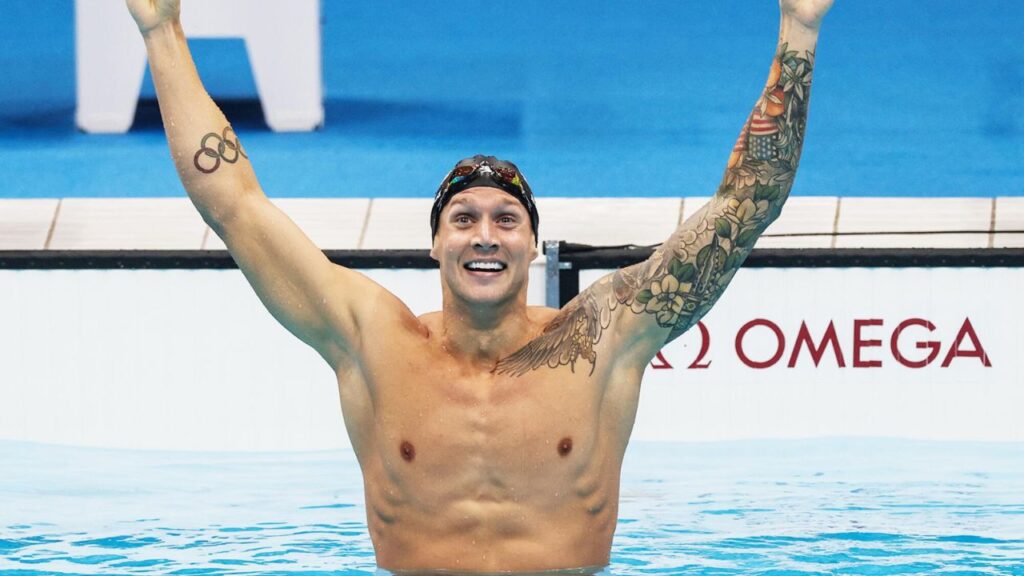
There are around 35 events in Swimming in the Olympics. The competition takes place in various strokes and distances, including freestyle, breaststroke, backstroke, and butterfly.
- Diving: 8 events
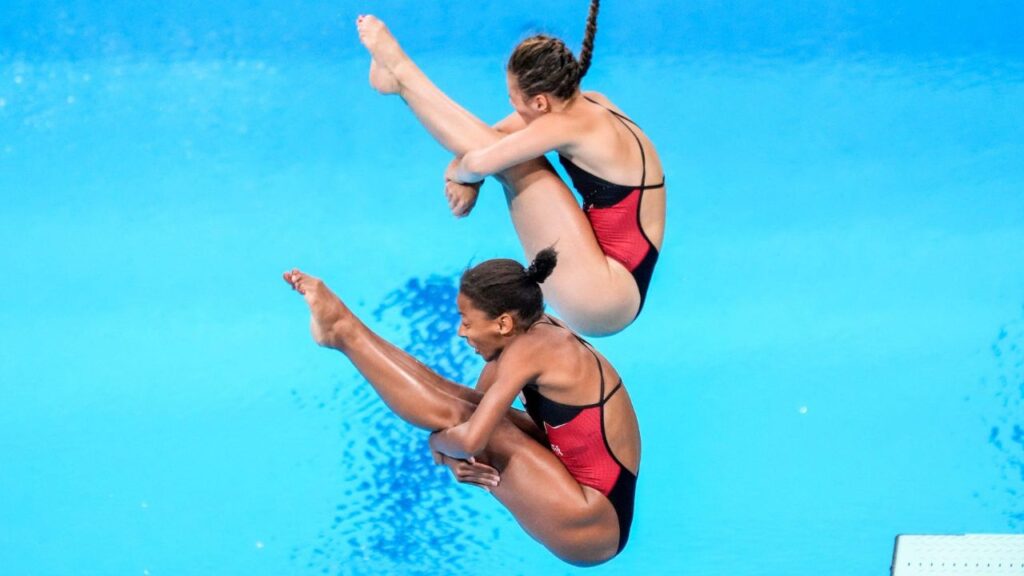
The athletes perform from springboards or platforms, aiming for precision and grace. There are 8 different kinds of events in diving, four individual and four synchronized.
- Water Polo: 2 events
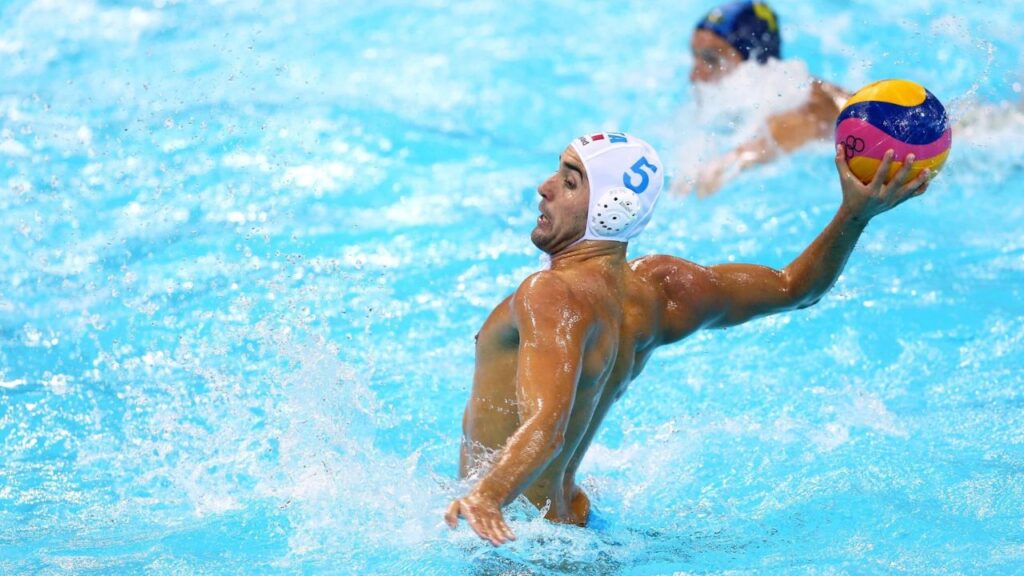
It has been part of the Summer Olympics program since the second games, in 1900. Water Polo is a combination of swimming skills with strategic play.
- Artistic Swimming: 2 events
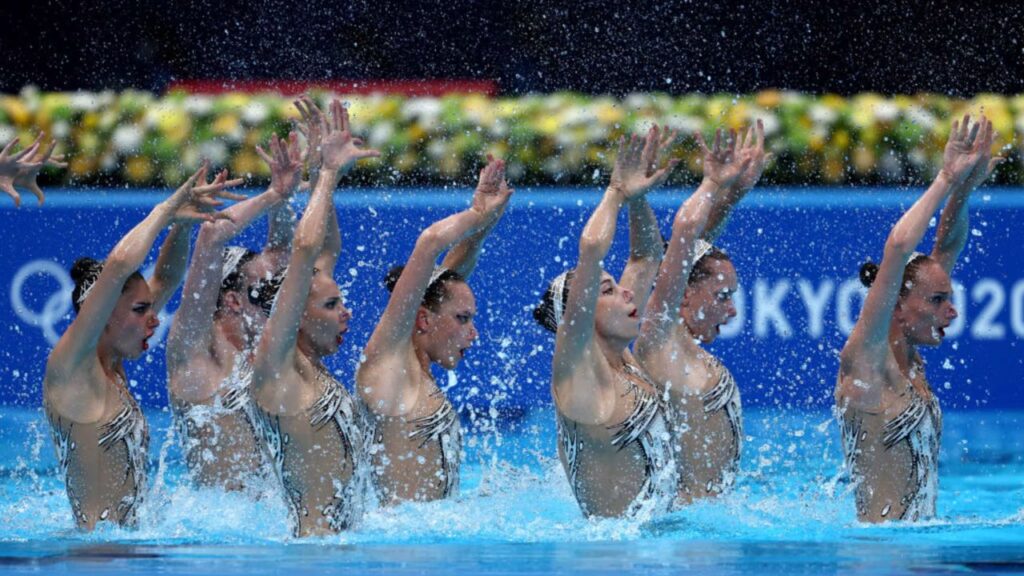
It was introduced in 2000, the Olympic Games first included a triathlon with a 1500 m swim leg, and in 2008, a 10 km open water swim. The sports take place in outdoor bodies of water such as open oceans, lakes, and rivers.
- Archery: 5 events
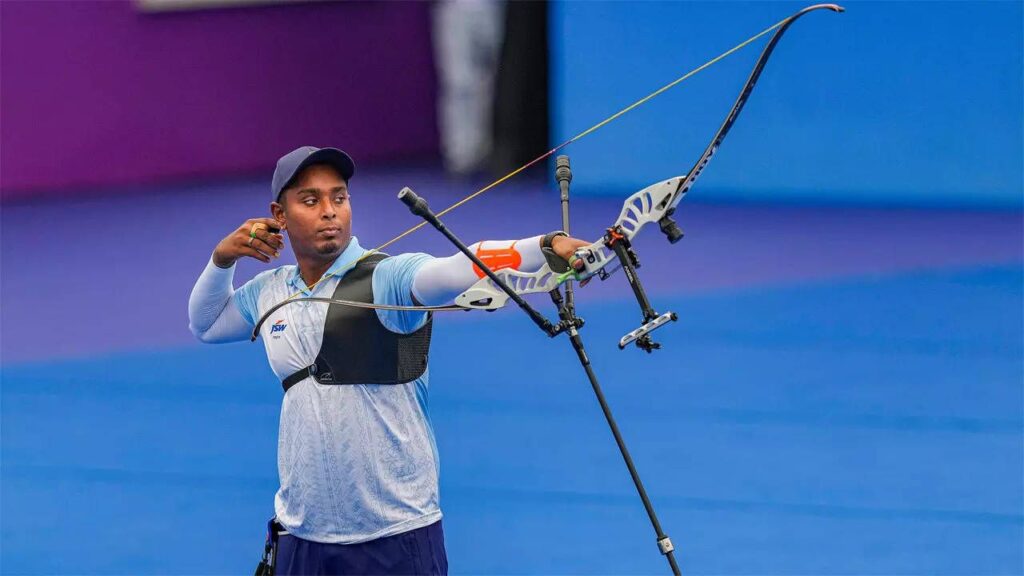
The athletes shoot arrows at a target from a set distance. There are 5 total events 2 for the men, 2 for the women, and one mixed team. South Korea is the most successful team having won 32 out of 44 gold medals since 1984.
- Athletics: 48 events

This includes track and field events like sprints, marathons, and jumps. The events contested have varied widely. There are two men’s events, two for women, and one mixed event in different disciplines. It has been featured at every Summer Olympics since the birth of the modern Olympics.
- Badminton: 5 events
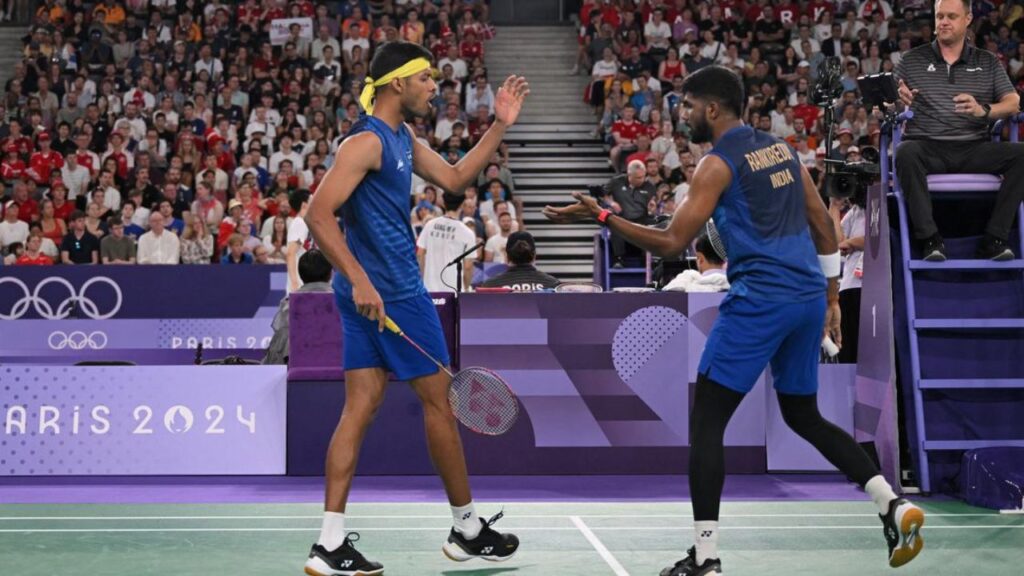
It made its debut as an official event at the 1992 Summer Olympics. Badminton has been contested in eight Olympiads. 74 different countries have competed in the Olympic badminton competitions, with 17 participating all nine times.
- Basketball: 2 events
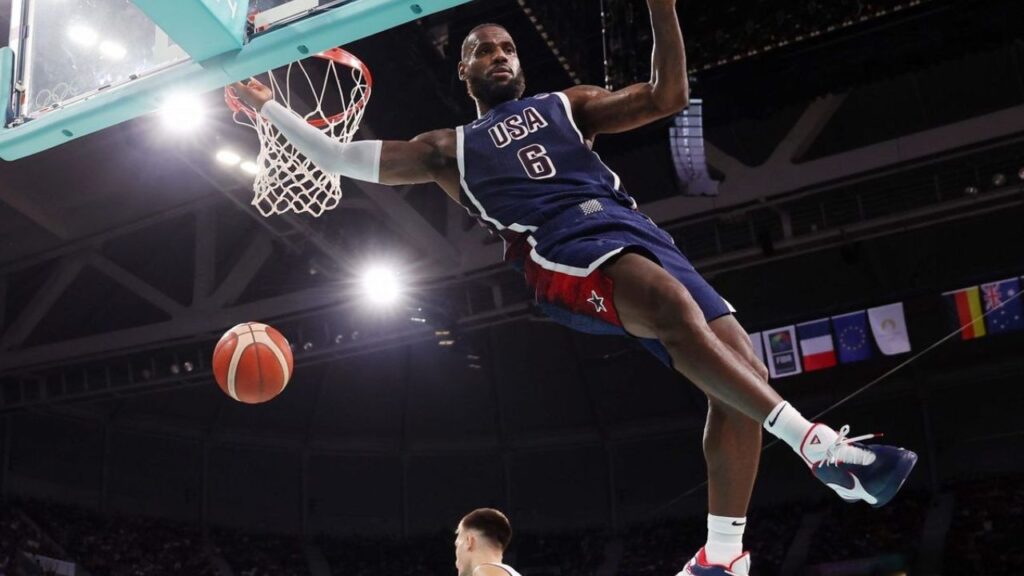
Here a team of 5 per squad competes with each other. It was held as an unofficial demonstration event in 1904 and 1924. The United States is by far the most successful country on the Olympic basketball list.
- 3×3 Basketball: 2 events
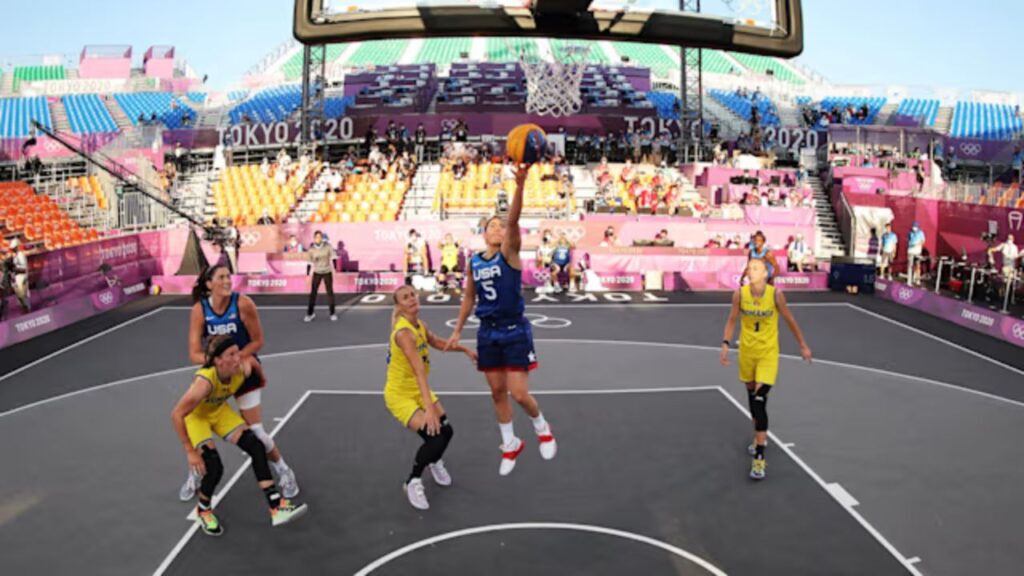
It was first introduced as an Olympic sport at the Tokyo 2020 Games. The game is played on a half-court with a single hoop. The rule is it uses a 3-point line that is 6.75 meters (22.15 feet) from the basket it is a 10-minute game.
- Boxing: 13 events
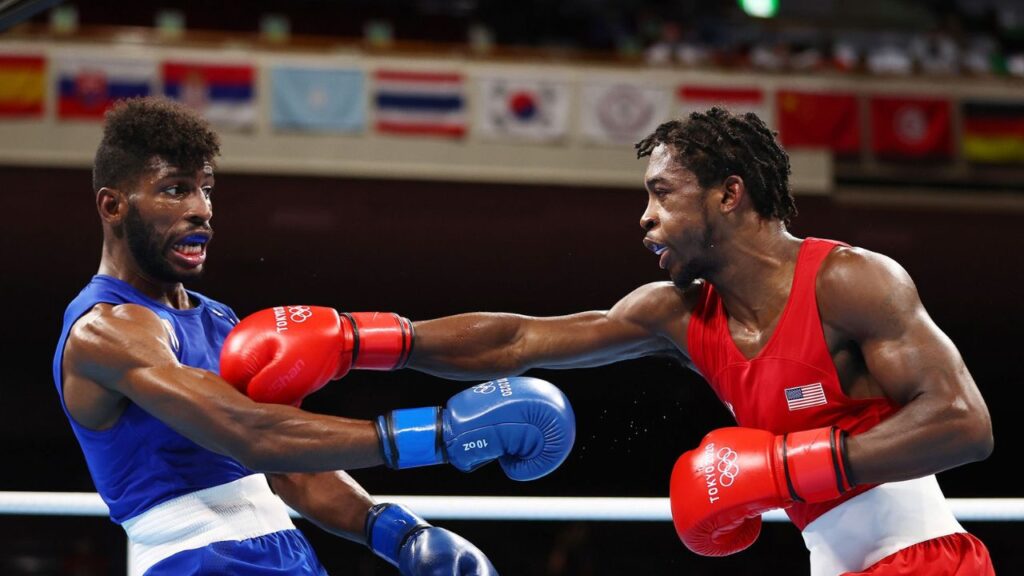
This includes both freestyle and Greco-Roman styles. Wrestlers attempt to pin their opponents’ shoulders to the mat or earn points using holds and takedowns.
- Breaking: 2 events
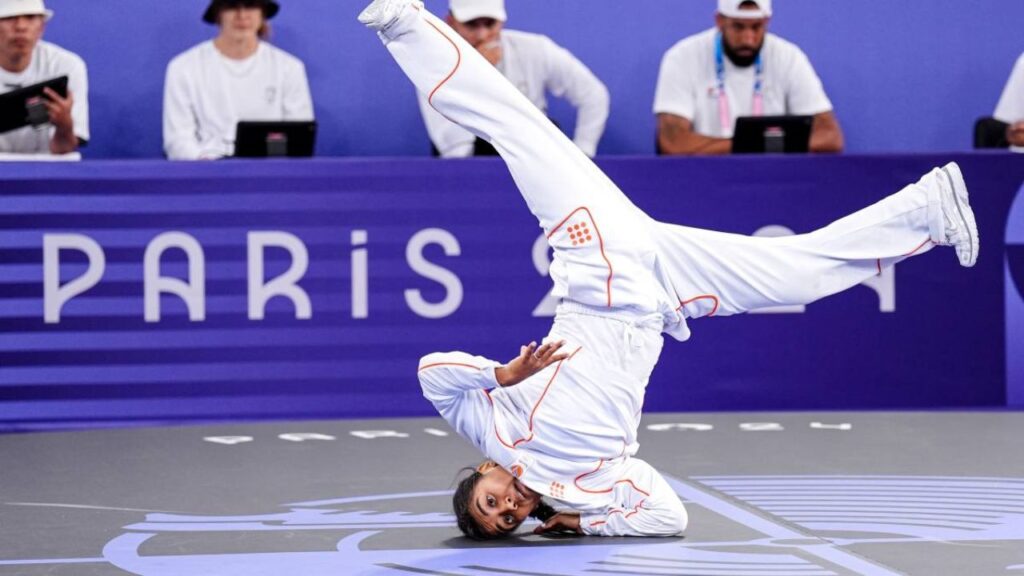
This is known as breakdancing. It is a dance sport that features acrobatic moves and creative choreography judged on style and execution. This was first introduced at the Paris 2024 Games.
- Cycling (BMX Freestyle, BMX Racing, Mountain Biking)
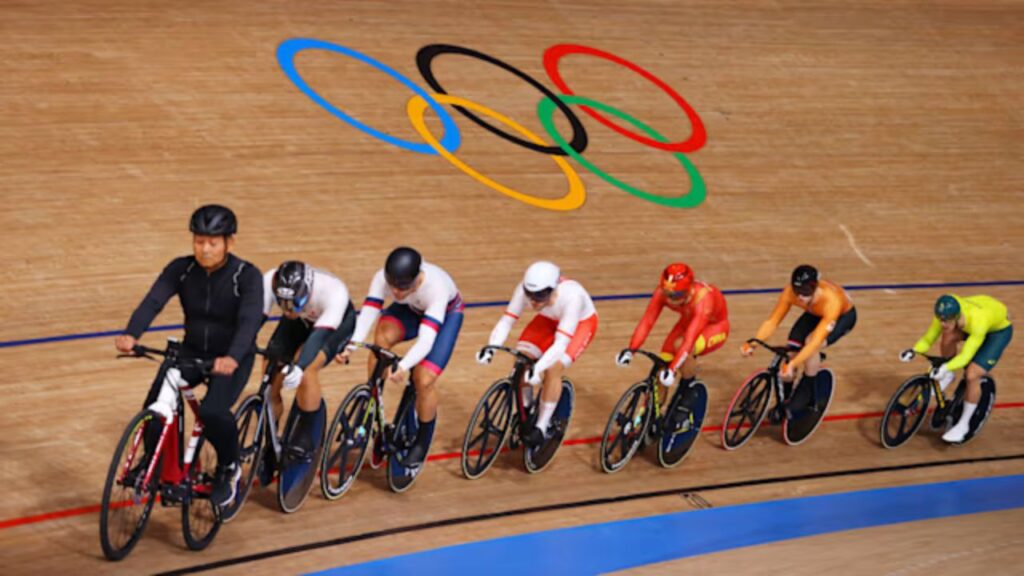
This is a modern sport that was introduced in the 2020 Tokyo Olympics. The sport showcases the skills and creativity of BMX riders performing tricks and stunts on a specially designed track.
- Equestrian (Equestrian Eventing, Equestrian Dressage, Equestrian Jumping)
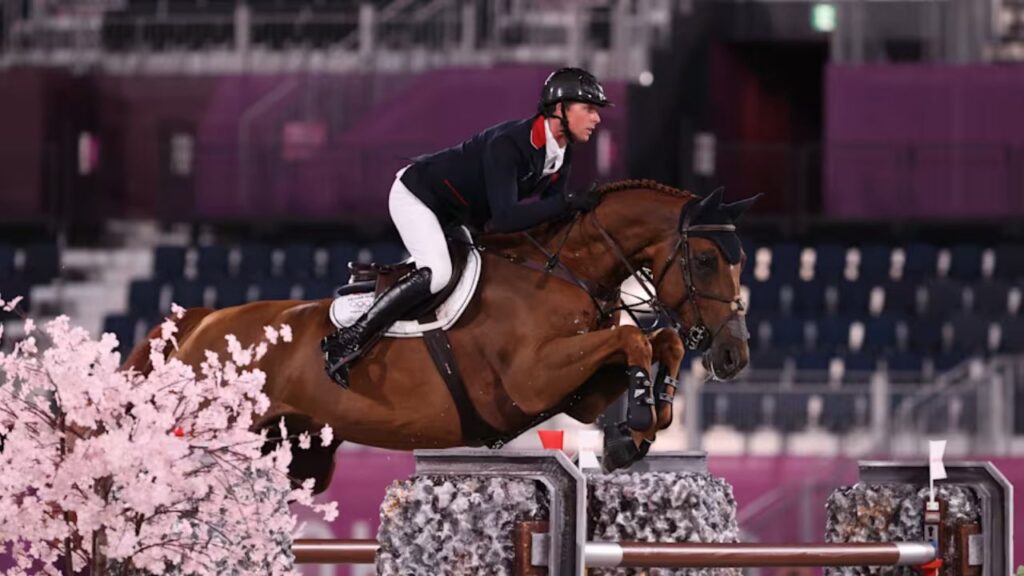
It was included in the Olympic Games during the 1900 Summer Olympics in Paris. It is the only Olympic event involving animals. Alongside the equestrian component of Modern Pentathlon.
- Fencing: 12 events
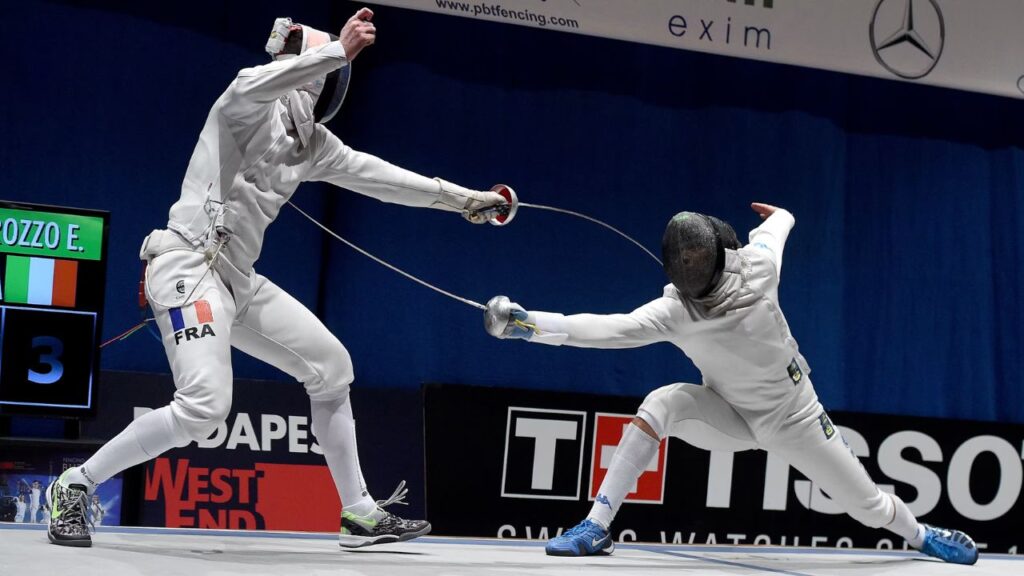
It involves combat with swords and has been featured since the 1896 Olympics. There are lightweight, heavier cutting and thrusting weapons used in this sport.
- Football (Soccer): 2 events

Football has a long history at the Summer Olympics. It is not considered one of the most important however, the fans come in large numbers to watch their favourite nation perform. There the two sections Men’s and Women’s
- Golf: 2 events
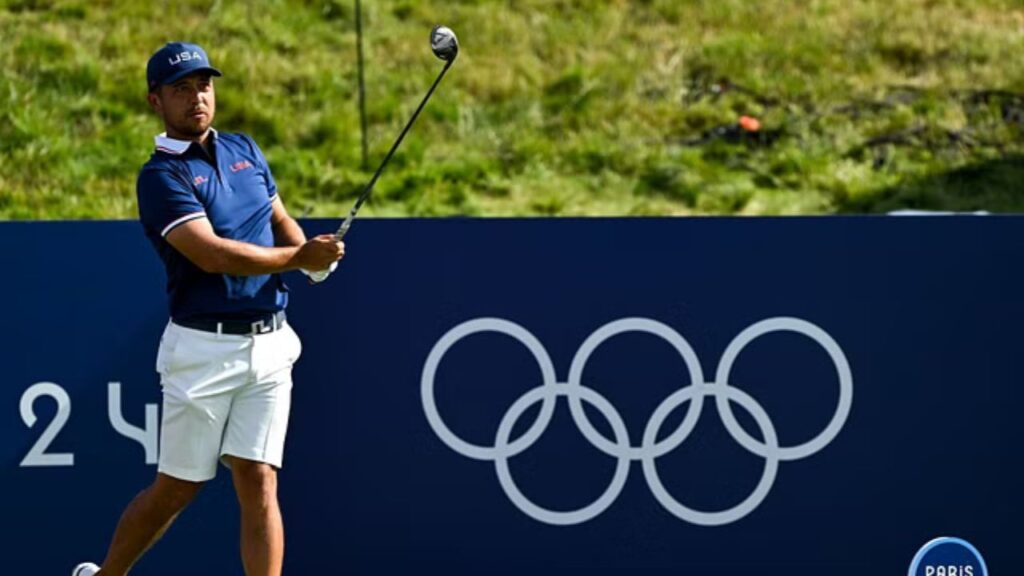
The sport came back in the 2016 Rio Olympics after remaining absent for 112 years. It was stopped after 1904 due to less global appeal of the sport.
- Gymnastics (Artistic Gymnastics, Rhythmic Gymnastics, Trampoline Gymnastics)
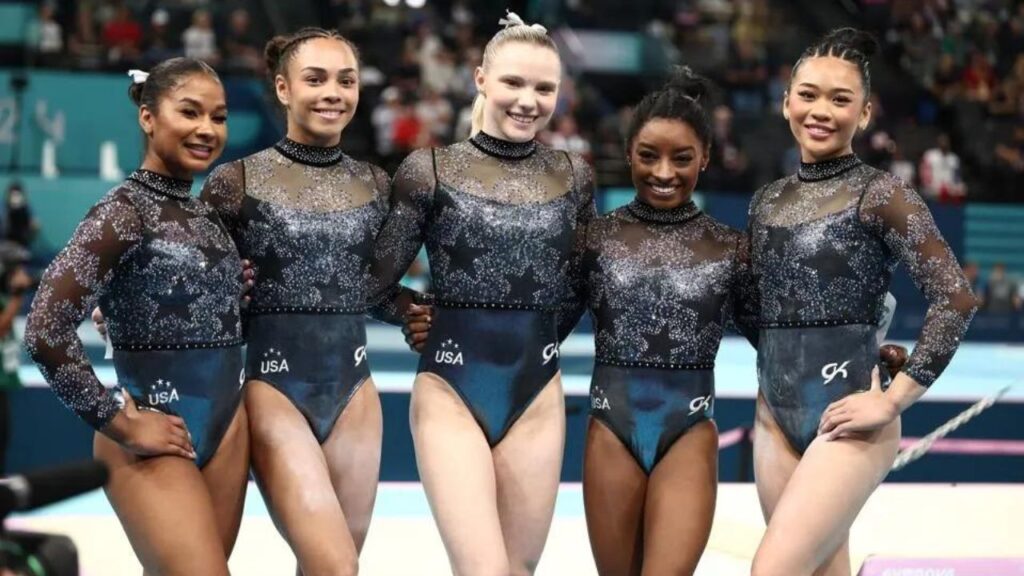
Gymnastics is the heartthrob of the Summer Olympics. It features prominently in the Games and is divided into several disciplines, Artistic Gymnastics, Rhythmic Gymnastics, and Trampoline Gymnastics.
- Handball: 2 events
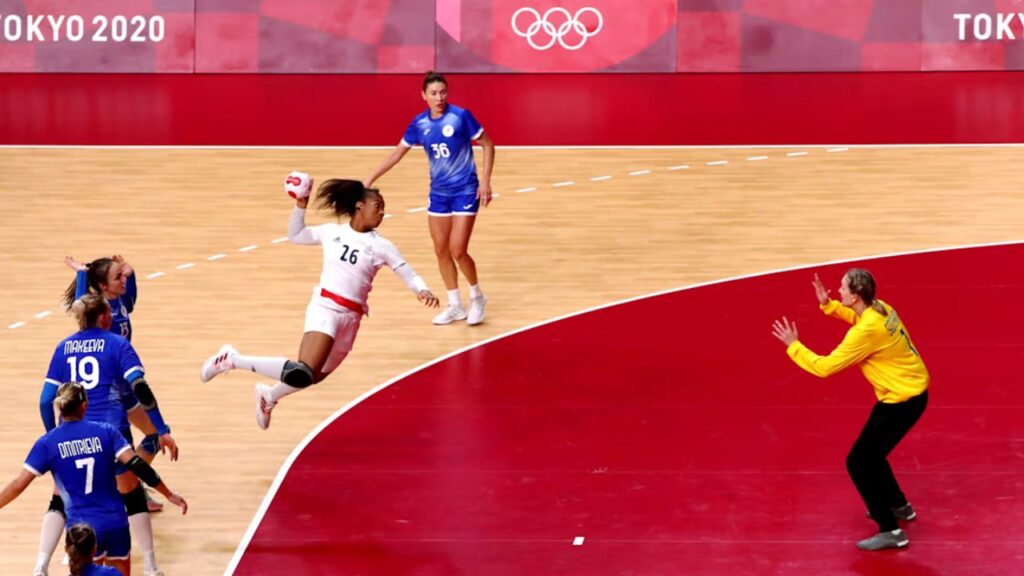
Handball made its Olympic debut at the Berlin 1936 Games as an outdoor sport. However, it became an indoor sport and has been a staple of the Olympics since then.
- Hockey: 2 events
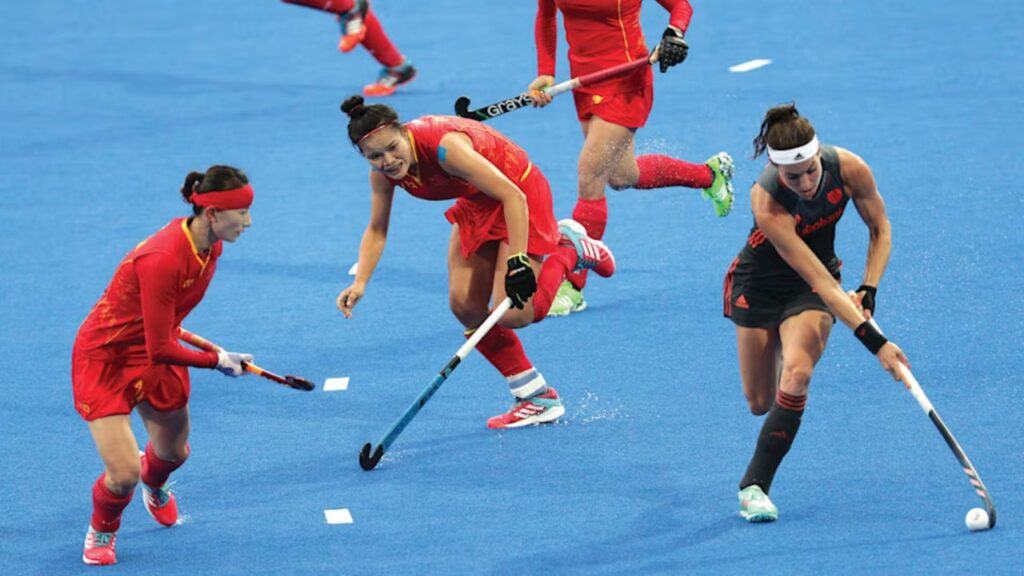
The Men’s event has been a part of the Olympics since 1908 (except for 1924). Women’s events came a bit later in 1980. It follows a similar format to the men’s event.
- Judo: 15 events
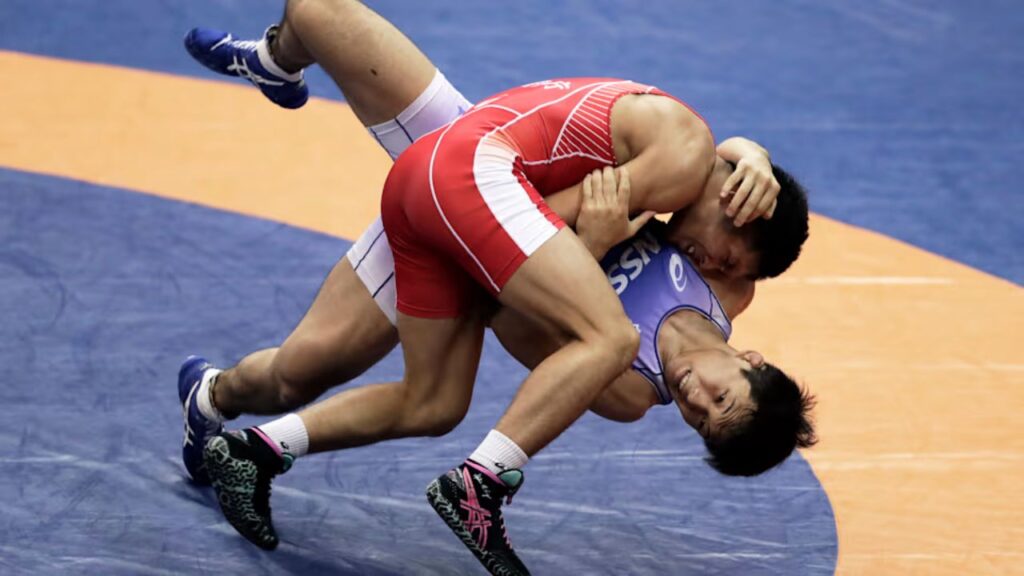
It was introduced to the Olympics in 1964 at the Tokyo Games. The event is divided by weight classes for both men and women. All the competitions are knockout.
- Rowing: 14 events
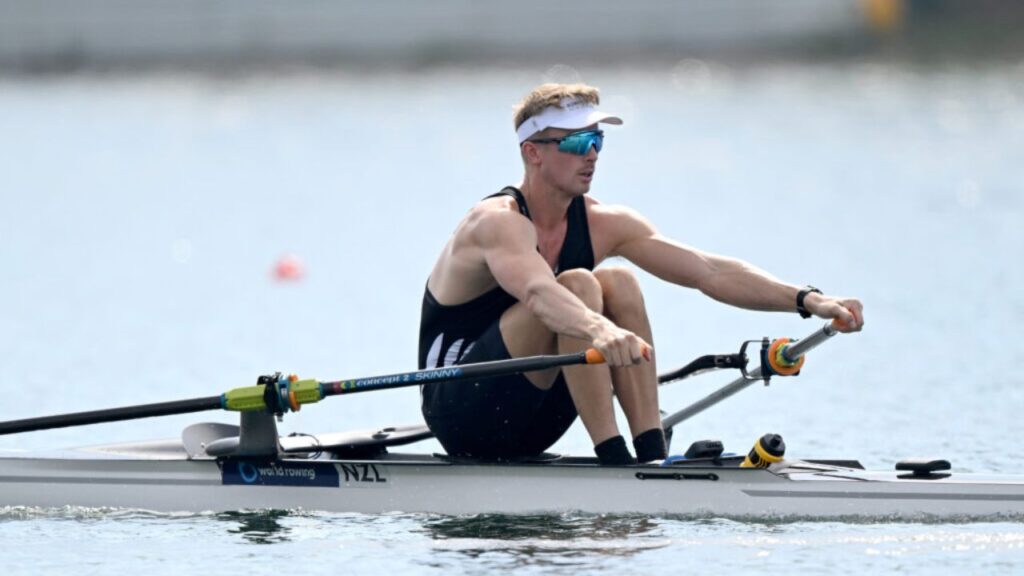
Rowing events are performed in heats, followed by semi-finals and finals. The events are often longer than 2,000 meters. Men have competed in the Olympics since 1900, and women since 1976.
- Rugby Sevens: 2 events
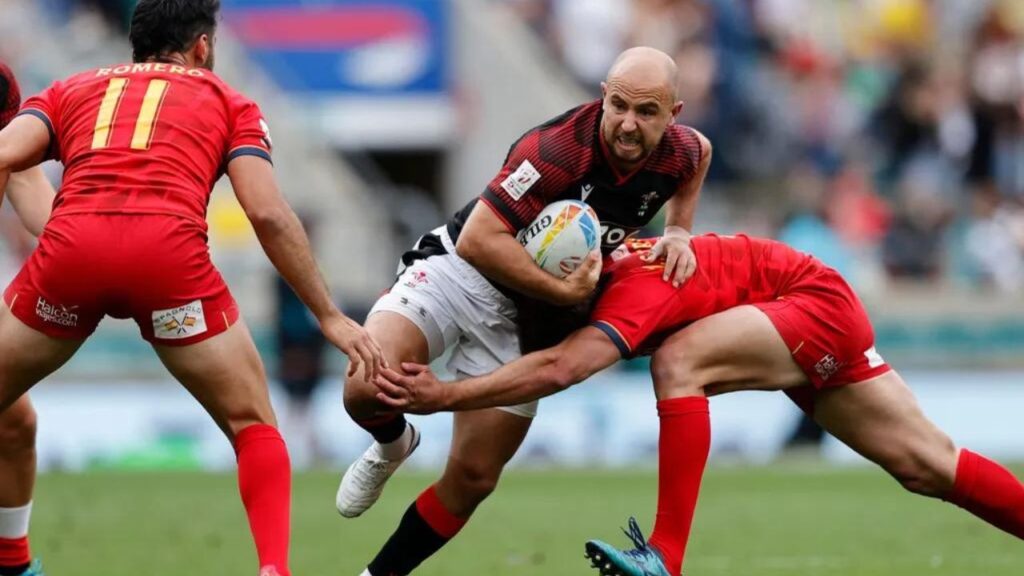
Here 12 teams compete in a round-robin group stage, followed by knockout rounds. Was included in the Olympics in 2016. It is a faster-paced variation of classic rugby union.
- Sailing: 10 events
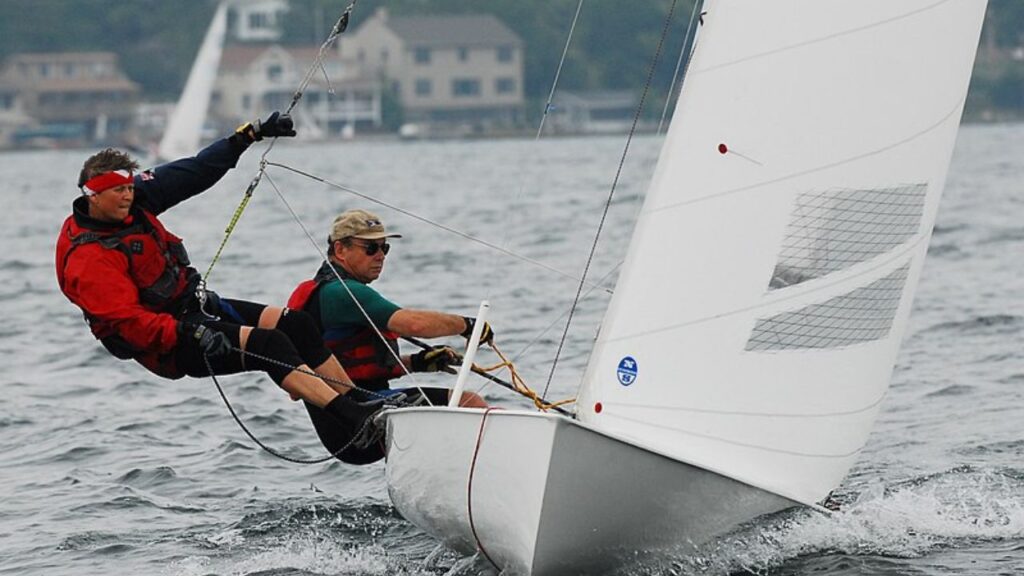
This is a series of races in different boat classes, with points awarded based on finishing places. The sports have been part of the Olympics since 1900. It is divided into classes and disciplines, each with its own set of rules and obstacles.
- Shooting: 15 events
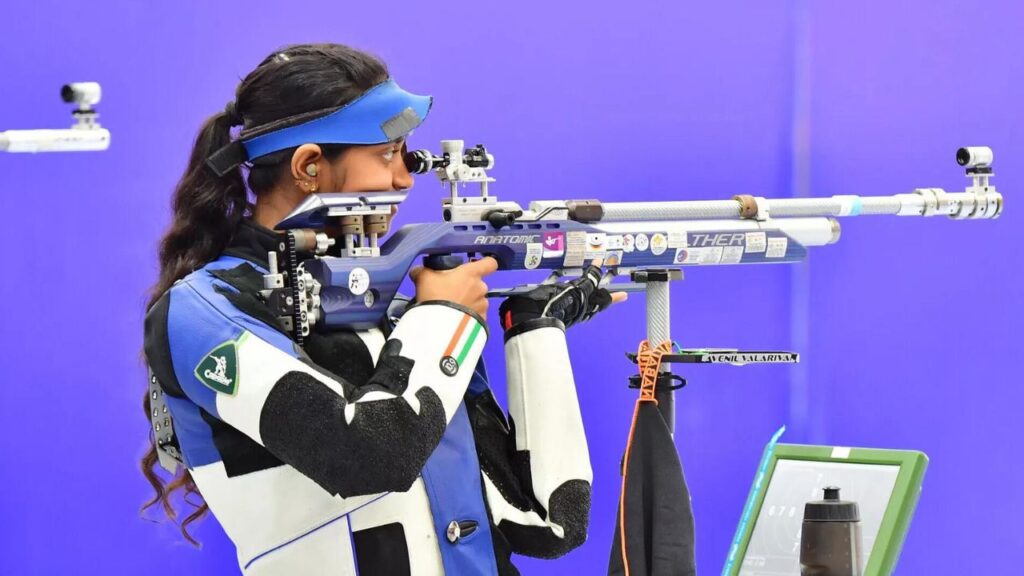
This has been part of the Olympics since 1896. Various events and formats have evolved over the years. Some of the events are 10m Air Rifle, 50m Rifle Prone, 50m Rifle Three Positions, 25m Rapid Fire Pistol, 50m Pistol, Trap, and Skeet.
- Table Tennis: 5 events
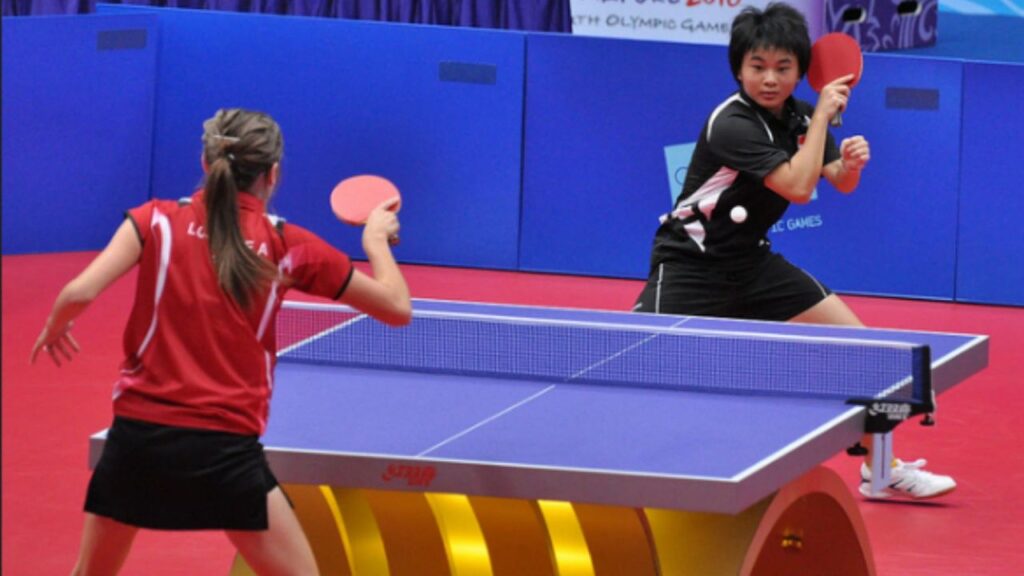
This sport was introduced back in 1988. Mixed Doubles was added in 2016. The athletes perform in Singles, Team, and Mixed Doubles.
- Taekwondo: 8 events
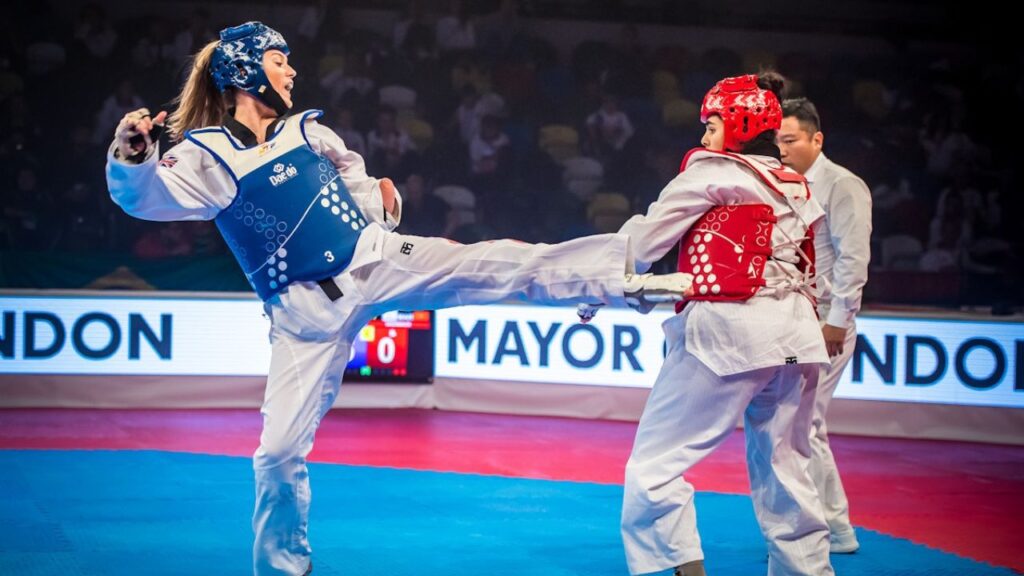
This was added to the Olympics in 2000. It is divided into weight classes and competes in a knockout format.
- Tennis: 5 events
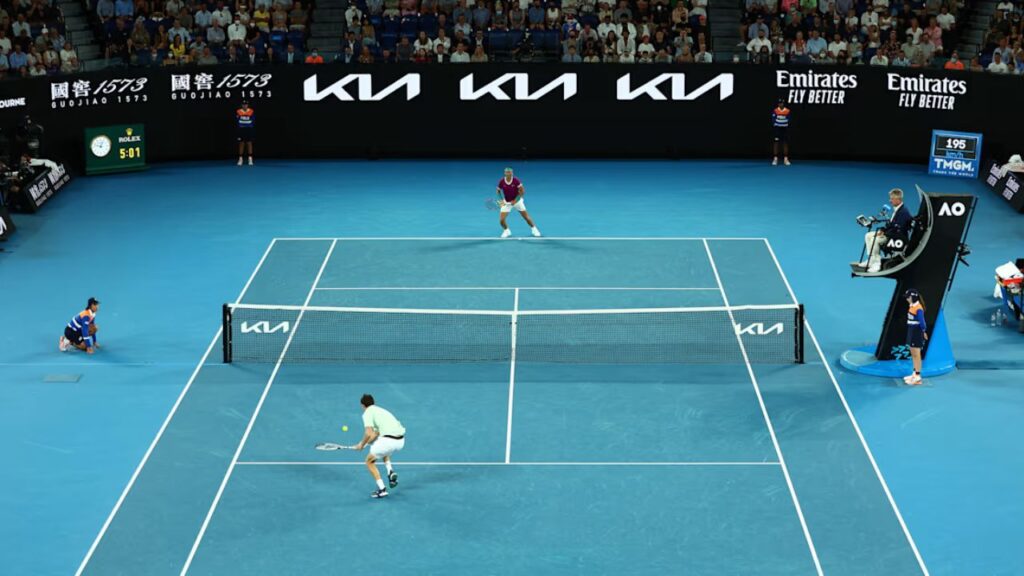
Tennis has been part of the Olympics since 1896 but it was discontinued until 1988. Mixed Doubles was reintroduced in 2016.
- Triathlon: 3 events

Triathlon comprises swimming, biking, and running in that order. The Mixed Relay consists of teams of two men and two women. Was included in the Olympics in 2000. Mixed Relay format was introduced in 2020.
- Volleyball (Beach Volleyball, Volleyball)
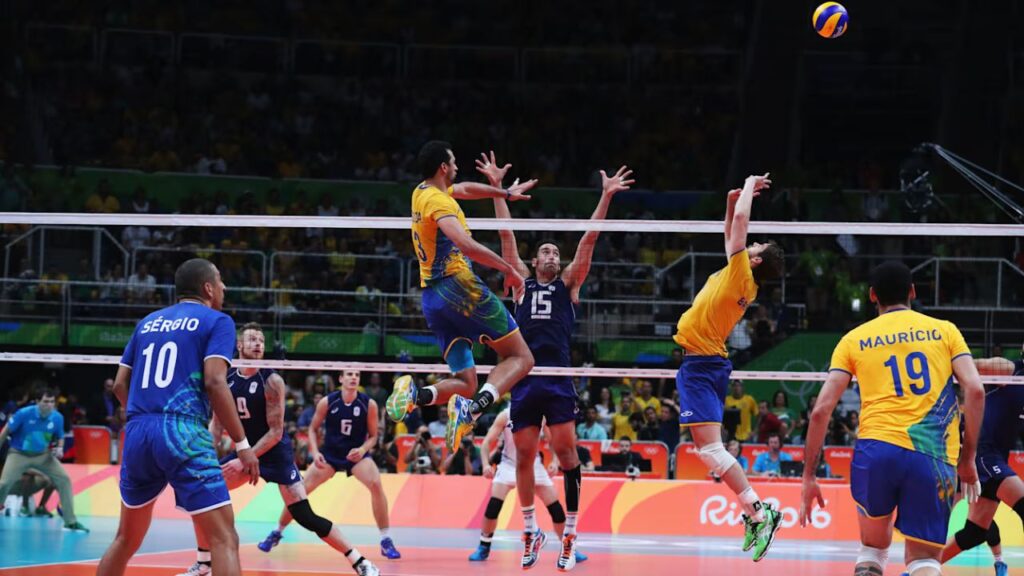
There are two different disciplines and both have different rules. In a normal event, six players per team participate. During the beach volleyball with two players per team on a sand court.
- Weightlifting: 10 events
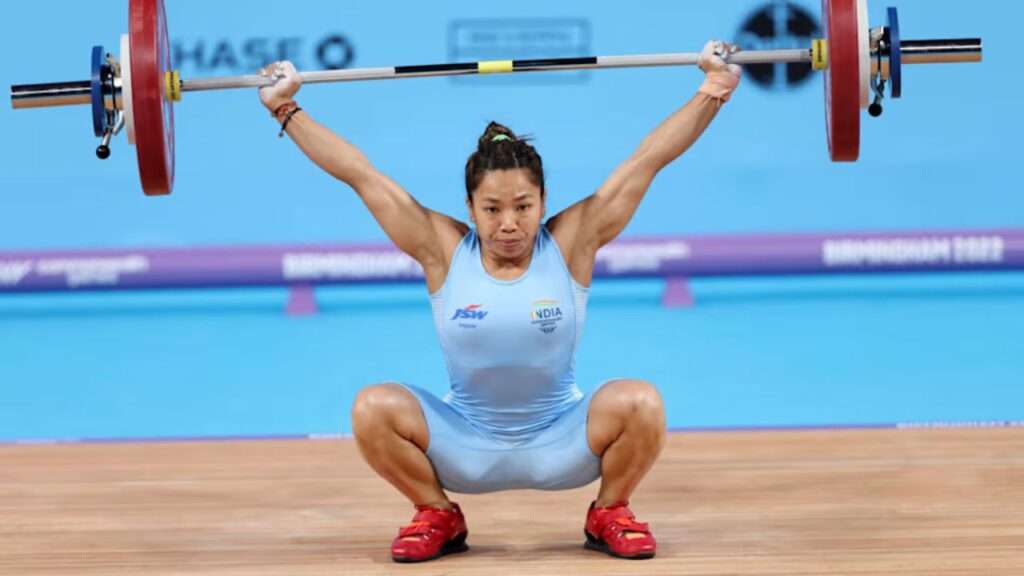
Weightlifting has been featured in the Olympics since 1896, with different weight classes and competitive styles evolving throughout time. Perform two lifts: snatch and clean and jerk.
- Wrestling: 18 events
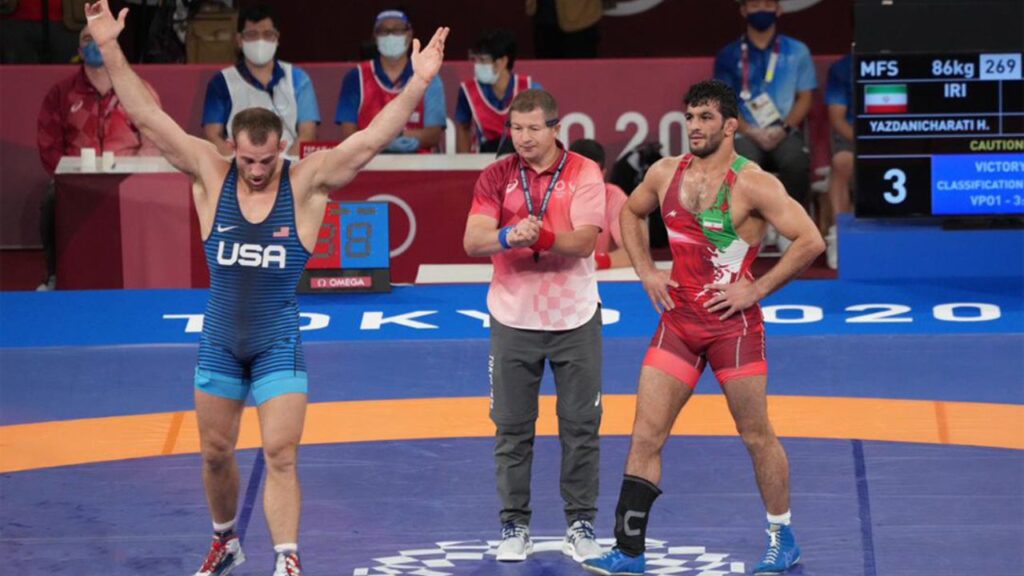
Wrestling has been added to the Olympics since ancient times. The modern wrestling being reintroduced in 1896 (men) and 2004 (women).
Now we come to the list of sports in the Winter Olympics
- Biathlon
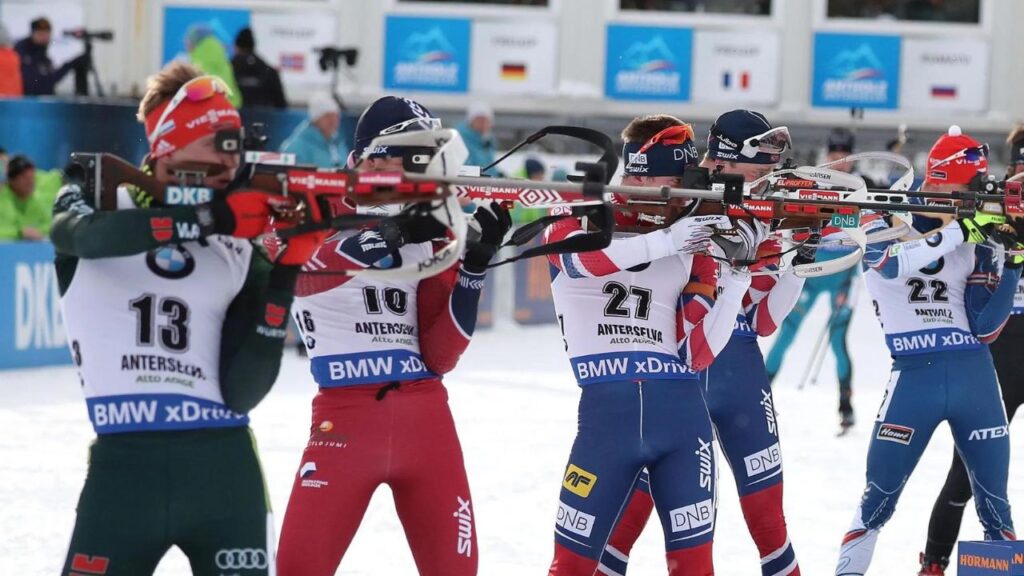
It is cross-country skiing and rifle shooting. Athletes ski a set distance, stopping at shooting ranges to hit targets and avoid penalty laps. This combines endurance and precision.
- Bobsleigh (Skeleton, Bobsleigh)
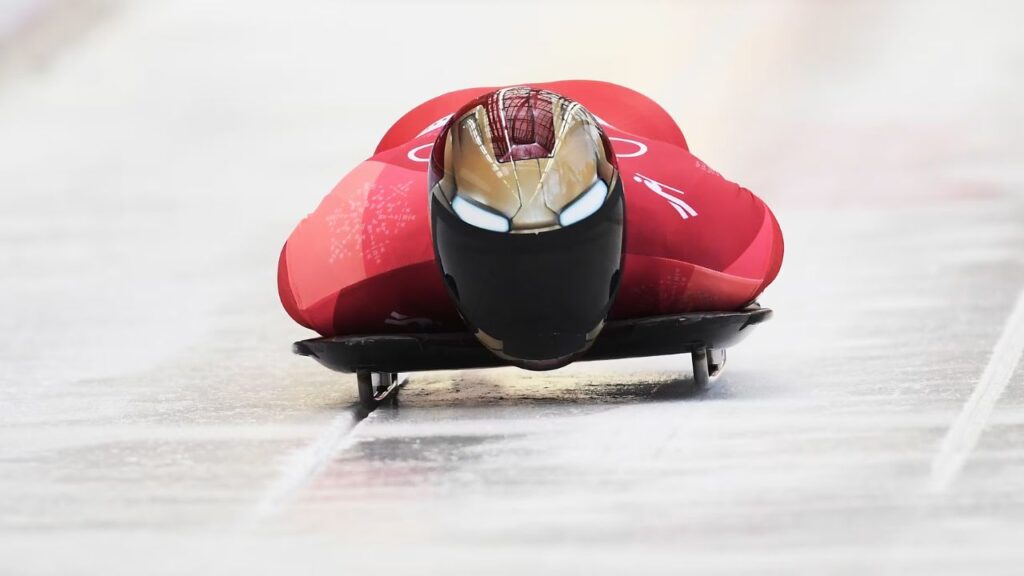
Teams of two or four race down a narrow, twisting track on a specially-made sled. It requires very precise driving and teamwork is essential.
- Curling
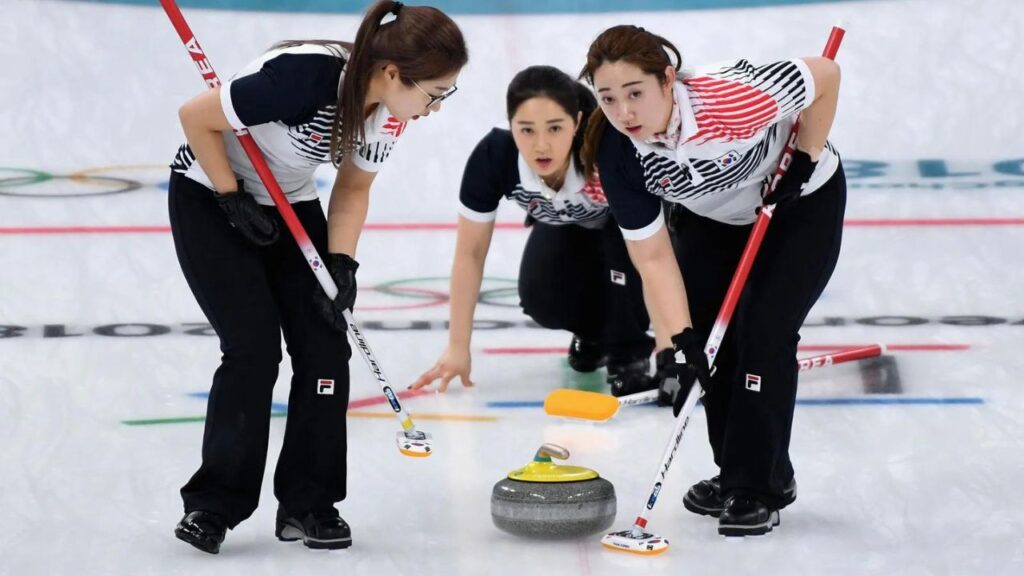
In Curling teams of four take turns sliding stones towards a goal. Players use brooms to change the course and pace of their stones, to place them closest to the center.
- Ice Hockey
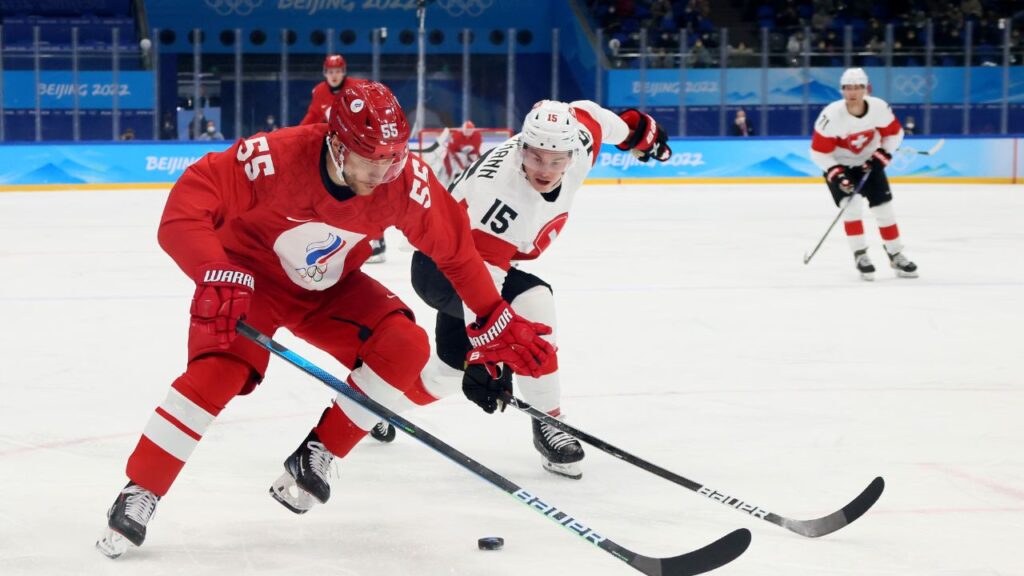
This sport is similar to hockey. However, there is something a bit different as it consists of 6 players per team competing to score goals by shooting a puck into the opponent’s net.
- Luge
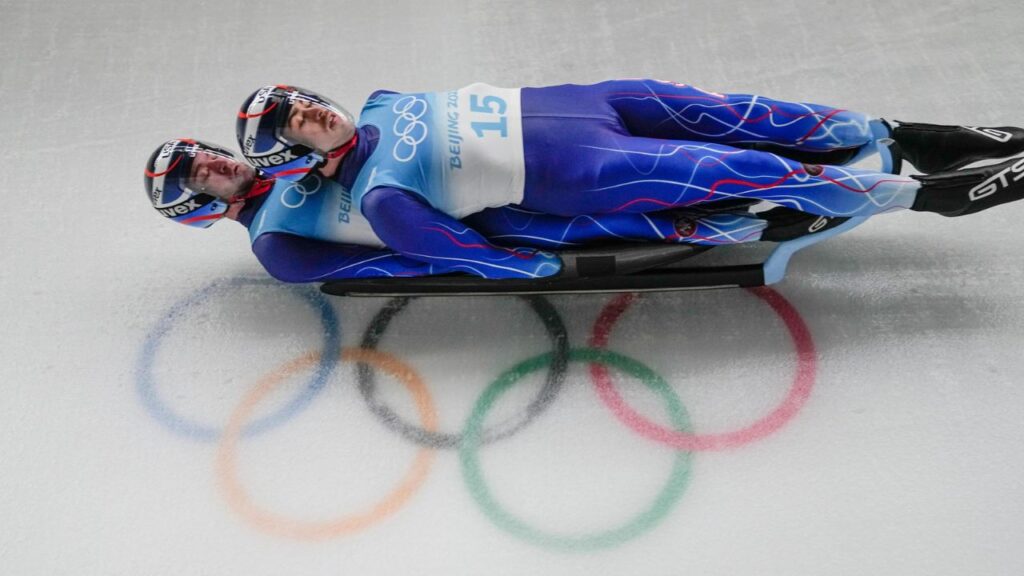
This is a small race one- or two-person sled down a narrow track. It showcases aerodynamics, control, and speed, to achieve the fastest time.
- Skating (Figure Skating, Speed Skating, Short Track Speed Skating)
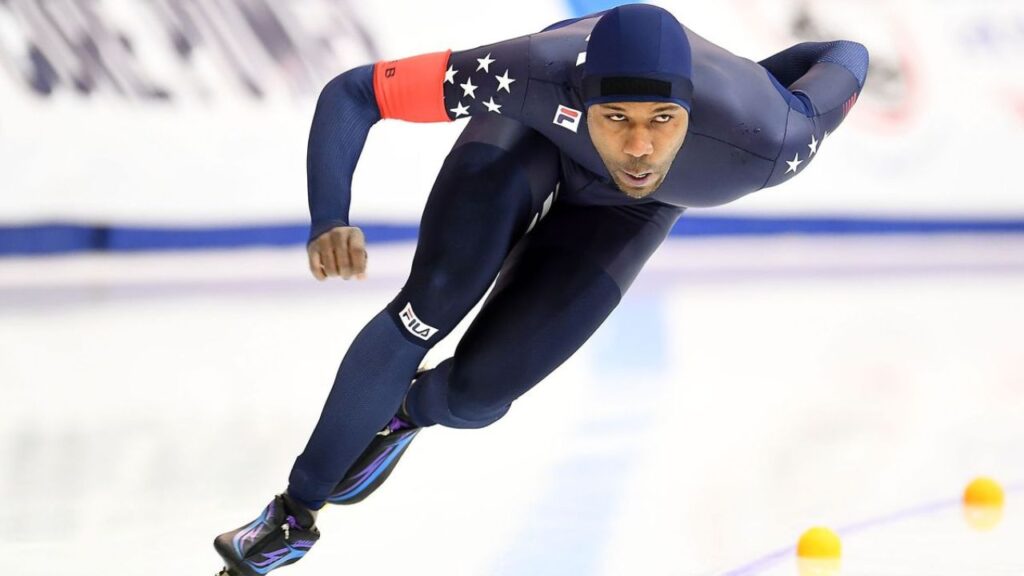
In this sport, there are different methods for each of the parts. Some competitors race on an oval track over distances that range from 500m to 10,000m. Some perform a routine combining jumps, spins, and footwork.
- Ski Mountaineering* (was approved by the IOC as an additional sport for the program of this specific edition of the Olympic Winter Games.)
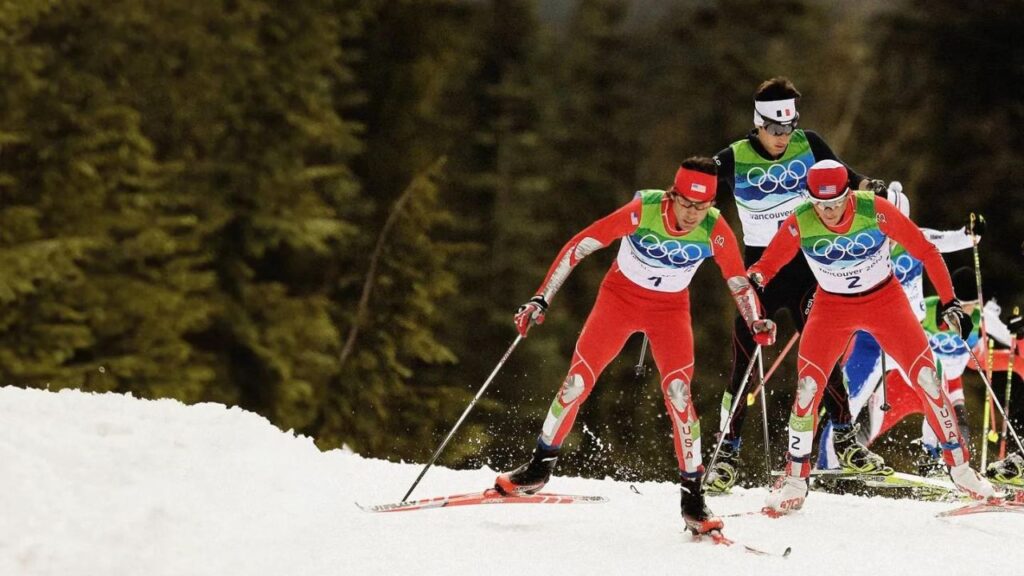
In ski mountaineering, its referred to as “skimo”, athletes ski uphill and downhill and use mountaineering talents to race over snow-covered.
The Olympic committee should not keep on changing. They keep on adding and removing the sports. There must be one list of fixed sports for both Olympic games. Because the athletes and the nation will also be able to prepare their athletes for the very same event. If new sports added or it is removed the categories will also be changing. Till now there have been sports where the categories are still there.
Here’s the list of categories of Olympic Sports
1. Aquatics
- Swimming
- Diving
- Synchronised Swimming (now known as Artistic Swimming)
- Water Polo
- Open Water Swimming
2. Archery
- Individual Events (Men’s and Women’s)
- Team Events (Men’s and Women’s, and Mixed Team)
3. Athletics
- Track Events (e.g., 100m, 200m, 400m)
- Field Events (e.g., High Jump, Long Jump, Shot Put)
- Combined Events (e.g., Decathlon, Heptathlon)
- Race Walking
4. Badminton
- Men’s Singles
- Women’s Singles
- Men’s Doubles
- Women’s Doubles
- Mixed Doubles
5. Baseball/Softball
- Baseball (Men’s)
- Softball (Women’s)
6. Basketball
- Basketball
- 3×3 Basketball
7. Boxing
- Men’s and Women’s Events (Various weight classes)
8. Canoeing
- Sprint Canoeing
- Slalom Canoeing
9. Cycling
- Road Cycling
- Track Cycling
- Mountain Biking
- BMX Racing
- BMX Freestyle
10. Equestrian
- Dressage
- Eventing
- Show Jumping
11. Fencing
- Men’s and Women’s Events (Foil, Epee, and Sabre)
12. Football (Soccer)
- Men’s Football
- Women’s Football
13. Golf
- Men’s Golf
- Women’s Golf
14. Gymnastics
- Artistic Gymnastics
- Rhythmic Gymnastics
- Trampoline Gymnastics
15. Handball
- Men’s Handball
- Women’s Handball
16. Hockey (Field Hockey)
- Men’s Field Hockey
- Women’s Field Hockey
17. Judo
- Men’s and Women’s Events (Various weight classes)
- Mixed Team Event
18. Karate (included in Tokyo 2020, but not in Paris 2024)
- Kata
- Kumite
19. Modern Pentathlon
- Fencing
- Freestyle Swimming
- Equestrian Show Jumping
- Running
- Shooting
20. Rowing
- Men’s and Women’s Events (Various boat classes including single sculls, double sculls, and team boats)
21. Rugby Sevens
- Men’s Rugby Sevens
- Women’s Rugby Sevens
22. Sailing
- Men’s and Women’s Events (Various classes including Laser, Finn, 470, 49er, 49er FX, Nacra 17)
23. Shooting
- Rifle Shooting
- Pistol Shooting
- Shotgun Events
24. Skateboarding
25. Sport Climbing
26. Surfing
27. Table Tennis
- Men’s and Women’s Events (Singles, Doubles, and Mixed Doubles)
28. Taekwondo
- Men’s and Women’s Events (Various weight classes)
29. Tennis
- Men’s and Women’s Events (Singles, Doubles, and Mixed Doubles)
30. Triathlon
- Individual
- Mixed Relay
31. Volleyball
- Indoor Volleyball
- Beach Volleyball
32. Weightlifting
- Men’s and Women’s Events (Various weight classes)
33. Wrestling
- Freestyle Wrestling
- Greco-Roman Wrestling
34. Additional Sports
- Baseball/Softball (included in Tokyo 2020, but not in Paris 2024)
These are the categories that are almost from the start of the Summer Olympics. However, the Winter Olympics are categorized into three main categories:
- Ice sports
- Alpine, skiing and snowboarding events
- Nordic events.
But not every sport played across the world can be added to the sporting events of the Olympics total games. Certain criteria should match with the International Olympic Association for the inclusion of the sports.
What are the criteria for Adding Sports to the Olympics?
Although numerous enthusiasts wish to see their interests become Olympic sports, only a handful are granted one of the coveted spots on the Olympic program. Certain rules and regulations must be followed the match the criteria for adding sports to the Olympics.
- The first step in the process of becoming an Olympic sport is recognition as a sport from the International Olympic Committee (IOC).
The committee sees that the sports have administration by an international nongovernmental organisation that oversees at least one sport.
- The next step is then move to the International Sports Federation (IF) status.
After moving to the IF, it administers that the sport must enforce the World Anti-Doping Code. This includes conducting effective out-of-competition tests on the sport’s participants. Also, maintain rules set forth by the Olympic Charter.
After these two steps, the following process is followed
A sport may be recognised by the IOC. However, it may not feature in the Olympics. Bowling and chess are recognised sports, but they do not compete in the Games. To participate in the Games, the sport’s IF must file a petition with the IOC outlining its eligibility criteria. The IOC can then admit an activity to the Olympic program in one of three ways: as a sport; as a discipline, which is a subset of a sport; or as an event, which is a competition inside a discipline.
For example, triathlon was accepted as a sport and made its debut at the 2000 Sydney Olympics. The Athens Olympics marked the beginning of women’s wrestling as a new discipline. Women’s pole vaulting had its track-and-field debut in Sydney. The rules for entrance differ slightly between a new sport, a discipline, and an event, but the intent remains the same. Even if the games are chosen they have evolved over the years and it has showcased modernity and tradition.
Changes in the Number of Games Over the Years
Sports that have already competed in the Games are assessed regularly to see if they should be retained or not. The Olympic Programme Commission adds that finding venues to fit the unique needs of several sports, such as baseball and softball, has proven difficult. When deciding which sports to include in the program, the IOC must consider media and public interests, as these are essential drivers of the Olympic Games, while also managing expenses.
The quadrennial sporting event, which combines modernity and tradition, is always evolving. There’s the magnitude of the Games: 241 athletes competed in 43 events at the 1896 Athens Olympics, but the 2020 Tokyo Games (delayed until 2021 because of the COVID-19 epidemic) will feature 11,420 competitors and 339 events. Then there’s the pageantry. Notably, the opening ceremony did not begin until 1908, and the Olympic torch was unveiled 20 years later.
However, the most significant change has been the degree of competitiveness. Athletes have improved in speed and strength over time, thanks in part to the International Olympic Committee’s decision to essentially abandon its traditional amateur rule in 1992. Furthermore, equipment and clothes undergo continuous adjustments to maximise athletic performance.
Also Read: Comprehensive overview on MMA
Also Read: State government urged to reconsider powerlifting awards exclusion
Also Read: Inter-college archery champions crowned


